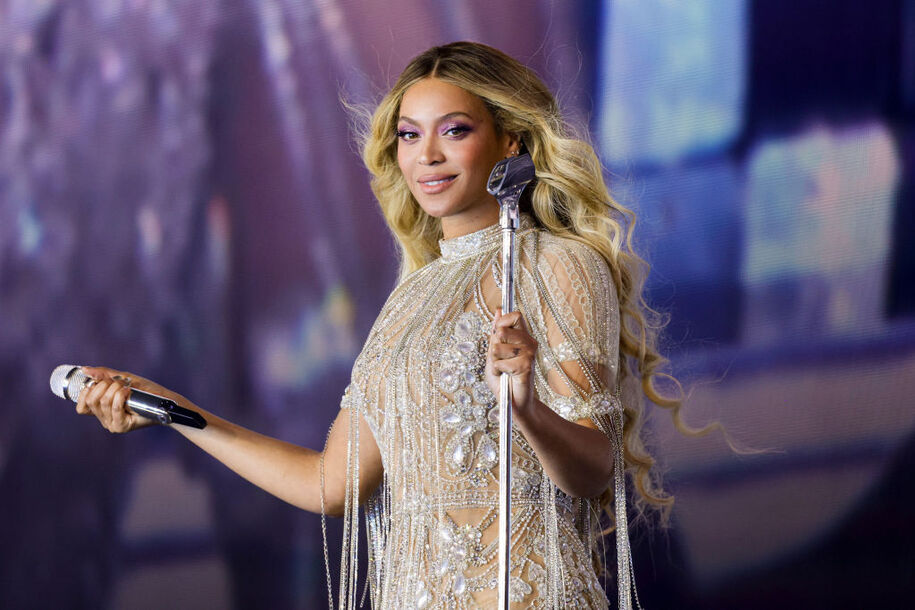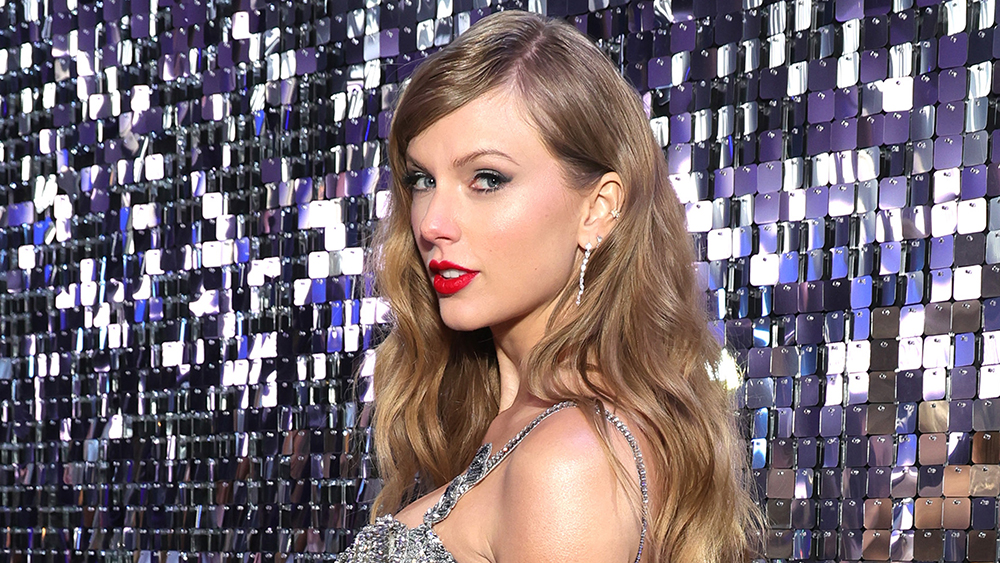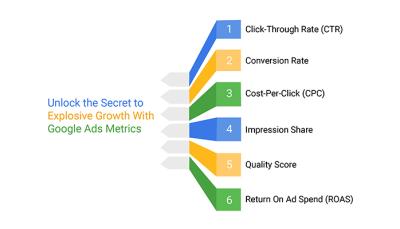WireImage is a leading provider of premium editorial photographs, specializing in sports imagery. It serves as a vital resource for media professionals, journalists, and sports organizations looking to access high-quality visual content. With its extensive archive of images featuring athletes, events, and key moments, WireImage plays a crucial role in enhancing storytelling in sports journalism. By understanding how to effectively use WireImage, users can elevate their editorial content and provide engaging narratives that resonate with audiences.
Getting Started with WireImage for Beginners

Using WireImage can seem daunting at first, but following a few simple steps can help beginners navigate the platform:
1. Create an Account:
Start by signing up for an account on the WireImage website. This will give you access to their extensive library and features tailored for editorial use.
2. Familiarize Yourself with the Interface:
Once logged in, take some time to explore the interface. Key sections include the search bar, categories, and advanced search options, which allow you to filter images by event, date, and more.
3. Utilize Advanced Search Features:
To find specific images, use the advanced search options. You can search by athlete name, event type, location, and date, ensuring that you locate the most relevant content for your needs.
4. Review Licensing and Usage Options:
Understanding the licensing terms is crucial. WireImage offers various licensing options, depending on whether you are using images for editorial, commercial, or personal purposes.
5. Download and Manage Your Selections:
Once you find images you want to use, you can download them directly to your device. Consider keeping a folder to organize your selections for easy access later.
By following these steps, beginners can effectively leverage WireImage to enrich their editorial sports content, making it more visually impactful and engaging for readers.
Navigating the WireImage Interface

Navigating the WireImage interface is straightforward once you familiarize yourself with its layout and features. Upon logging in, you’ll notice the clean and organized design that allows for efficient browsing. Here are some key elements to pay attention to:
- Search Bar: Located at the top of the page, this is where your journey begins. You can enter keywords, names, or events related to the sports content you’re seeking.
- Navigation Menu: On the left side, you’ll find categories such as ‘Sports’, ‘Entertainment’, and ‘News’. Under ‘Sports’, you can dive deeper into subcategories based on different sports and leagues.
- Filters: Once you’ve initiated a search, utilize filters on the results page. You can narrow your search by date, type of media (photos, videos), and the specific sport or athlete, making it easier to find exactly what you need.
- Thumbnails: The search results display thumbnails of images and videos. Hovering over these will highlight options for downloading, sharing, or viewing more details about the media.
Don’t forget to explore the ‘My Collections’ feature, where you can save and manage the content you’re most interested in, making future searches even more efficient. With a little practice, navigating WireImage will become second nature!
Searching for Editorial Sports Content Effectively
When it comes to searching for editorial sports content on WireImage, being strategic can save you a lot of time. Here are some effective tips to help you refine your search:
- Use Specific Keywords: Rather than generic terms like “football,” try using specific names, events, or locations. For example, “Super Bowl LVII” or “LeBron James” will yield more relevant results.
- Combine Filters: Maximize the use of filters. For instance, if you’re looking for photos from the NBA playoffs, you can select both the event and the date range to narrow down the options.
- Check Spellings and Variations: Sometimes, players or events have alternative spellings or nicknames. Always try different keywords or common abbreviations related to the sport.
- Use the Advanced Search: If available, try using the advanced search feature. This allows you to input multiple parameters and can drastically improve the quality of your results.
By employing these techniques, you’ll not only speed up your search but also enhance the quality of the content you find, leading to better storytelling in your editorial work!
Understanding Licensing and Usage Rights
When it comes to using images from WireImage for your editorial sports content, it’s crucial to understand the licensing and usage rights associated with these images. This ensures that you not only respect copyright laws but also select the right images that fit your project needs.
WireImage provides a range of licensing options based on how you intend to use the images. Here are some key points to keep in mind:
- Editorial Use: Most sports images are available for editorial use, meaning you can use them in news articles, magazines, or online content that reports on sports events.
- Commercial Use: If you plan to use images for marketing, advertising, or any other commercial purpose, you’ll need to secure a commercial license.
- Publication Rights: Double-check that you have the rights to publish the images in the format you need, as some images may have restrictions on reproduction.
- Attribution Requirements: Some licenses require you to credit the photographer or WireImage. Make sure to follow these guidelines to avoid any legal issues.
Always read the licensing agreements carefully before using the images. If you have any questions, don’t hesitate to reach out directly to WireImage’s support team for clarification. Understanding these details will help you use WireImage effectively and responsibly in your editorial sports projects.
Tips for Enhancing Your Sports Editorial with WireImage
Utilizing WireImage for your sports editorial content can greatly enhance your storytelling and visual appeal. Here are some tips to make the most out of the images you choose:
- Choose High-Quality Images: Invest time in selecting high-resolution images. Clear, sharp images draw readers in and give your publication a professional look.
- Tell a Story: Use images to complement your articles. For instance, pairing a captivating action shot with a match report can bring your narrative to life.
- Utilize Image Captions: Don’t forget to add descriptive captions. A good caption can provide context, spark interest, and encourage your audience to engage further with the content.
- Be Diverse: Incorporate images that feature not only athletes but also fans, coaches, and behind-the-scenes moments. This adds depth to your editorial coverage.
- Stay Relevant: Focus on recent events and trending stories. Using timely images can boost reader interest and engagement with your content.
By implementing these tips, you can elevate your sports editorial work with WireImage, creating content that resonates with your audience and stands out in today’s competitive sports media landscape.
Case Studies of Successful Editorial Content Using WireImage
WireImage has proven to be an invaluable resource for editorial sports content, enabling media outlets to enhance their stories with high-quality images. Let’s explore a few case studies that highlight how various organizations have effectively utilized WireImage to boost their coverage and engage their audiences.
Case Study 1: Sports Illustrated
Sports Illustrated has a long-standing reputation for delivering in-depth sports journalism. By integrating WireImage into their editorial process, they have been able to publish stunning galleries from major events like the Super Bowl and the Olympics. Their use of high-resolution images has significantly increased reader engagement, contributing to a rise in online subscriptions.
Case Study 2: ESPN
ESPN enhanced their live coverage of high-stakes games by incorporating real-time images from WireImage. With instant access to professional shots of key moments, their articles become more dynamic and visually appealing, resulting in higher share rates on social media platforms. This strategy not only boosts audience interaction but also reinforces ESPN’s position as a leading sports news source.
Case Study 3: Local Newspaper Success
A local newspaper covering a regional college tournament leveraged WireImage to find dynamic and relevant images that brought their stories to life. By complementing their write-ups with on-the-ground visuals, they saw a notable increase in web traffic and reader feedback, underscoring the power of images in storytelling.
These examples demonstrate that utilizing WireImage effectively can lead to increased engagement, better storytelling, and enhanced reputation for editorial sports content creators. With the right approach, anyone can harness the power of visuals to leave a lasting impression.
Best Practices for Downloading and Utilizing Images
When it comes to downloading and utilizing images from WireImage, following best practices can help ensure you’re not only compliant with copyright laws but also maximizing the impact of the visuals you choose. Here’s a rundown of essential tips:
- Understand Licensing: Always check the licensing agreements associated with the images you plan to use. This will prevent potential legal issues and ensure you respect the rights of the photographers.
- Choose High-Quality Images: Opt for high-resolution images, particularly for print publications. Crisp, clear images will enhance the professionalism of your content.
- Use Relevant Keywords: When searching for images, utilize specific keywords that are relevant to your story. This will help you narrow down the vast selection to find exactly what you need.
- Caption Wisely: Every image should have a well-crafted caption that provides context. This not only engages readers but also complies with best practices for attribution.
- Optimize for Web: If you’re using images online, make sure to optimize them for fast loading times while retaining quality. This balances both user experience and SEO.
- Keep Track of Your Sources: Maintain a log of where each image comes from, along with any usage rights, to streamline compliance and attributions.
By adhering to these best practices, you can ensure you’re making the most of WireImage’s offerings while crafting compelling editorial sports content.
Staying Updated with New Content and Features
Using WireImage effectively requires you to stay informed about the latest offerings and features. Being proactive in this area not only enhances your user experience but also ensures you get the most out of the platform. Here are some tips on how to keep up-to-date:
- Subscribe to Newsletters: WireImage often shares updates through newsletters. By subscribing, you’ll get news directly in your inbox about new content, special promotions, or feature updates.
- Follow on Social Media: Connect with WireImage on various social media platforms like Twitter, Facebook, and Instagram. They often post highlights of new content or upcoming features that you might find useful.
- Regularly Check the Blog: If WireImage maintains a blog, it’s a great resource for in-depth articles on features and how to maximize your use of their services. Regularly visiting it can provide valuable insights and tips.
- Attend Webinars or Tutorials: Sometimes, companies like WireImage offer webinars or tutorials that delve into new features. This can be an excellent opportunity to learn how to navigate recent changes effectively.
Lastly, don’t hesitate to engage with the community or customer support if you have questions. Fellow users can provide great insights based on their experiences!
Common Errors and How to Avoid Them on WireImage
As with any platform, using WireImage can come with its own set of challenges. Knowing common errors and how to avoid them can save you time and frustration. Below are some frequent pitfalls users encounter:
- Incorrect Keyword Searches: When searching for images, ensure you’re using the right keywords. Be specific; for example, instead of searching “soccer,” try “MLS soccer” or “UEFA Champions League.” This reduces the chances of irrelevant results.
- Ignoring Licensing Agreements: Always check the licensing agreements on images before using them. Misusing images can lead to copyright issues. Look for licensing type details clearly stated with the image.
- Not Saving Selected Favorites: After finding images you might want to use later, remember to utilize the Favorites feature. Not saving these can lead to searching for the same images repeatedly!
- Overlooking User Support: If you encounter issues, don’t hesitate to reach out to WireImage’s customer support. They can help you navigate problems that you might face, so you don’t have to go through frustration alone.
By being aware of these common errors and following best practices, you can maximize your use of WireImage and enhance your editorial sports content seamlessly! Remember, the more familiar you are with the platform, the smoother your experience will be.
How to Use WireImage for Editorial Sports Content
WireImage is a leading source for high-quality editorial sports photography, providing media outlets, websites, and social media platforms with an extensive library of images. Here’s how to effectively use WireImage for your editorial sports content:
Getting Started with WireImage
To begin using WireImage, follow these steps:
- Create an Account: Sign up for a WireImage account to gain access to their extensive library.
- Browse the Collection: Use the search bar to find specific events, athletes, or teams. You can filter results by date, category, or type of image.
- Download Images: Select the images you want and choose the appropriate resolution for your needs. Pay attention to licensing agreements for editorial use.
Best Practices for Using Images
When incorporating WireImage photos into your editorial content, consider the following:
- Athlete Attribution: Always attribute the photographer and WireImage when using their images.
- Image Quality: Select high-resolution images for print media and optimized ones for online content.
- Story Relevance: Ensure that the images you choose enhance your story and convey the intended message.
Organizing Your Content
To help organize your sports editorial content, consider creating a table with essential information:
| Event | Date | Photographer | WireImage Link |
|---|---|---|---|
| Super Bowl 2023 | Feb 12, 2023 | John Doe | Link |
| NBA Finals 2023 | Jun 1, 2023 | Jane Smith | Link |
By following these steps and best practices, you can effectively incorporate WireImage’s rich visual content into your editorial sports articles, enhancing their impact and engagement.
Conclusion: WireImage offers invaluable resources for sports editorial content creators, enabling them to enhance their storytelling with powerful visuals. As sports media continues to evolve, leveraging platforms like WireImage will remain essential to keep your content vibrant and relevant.


